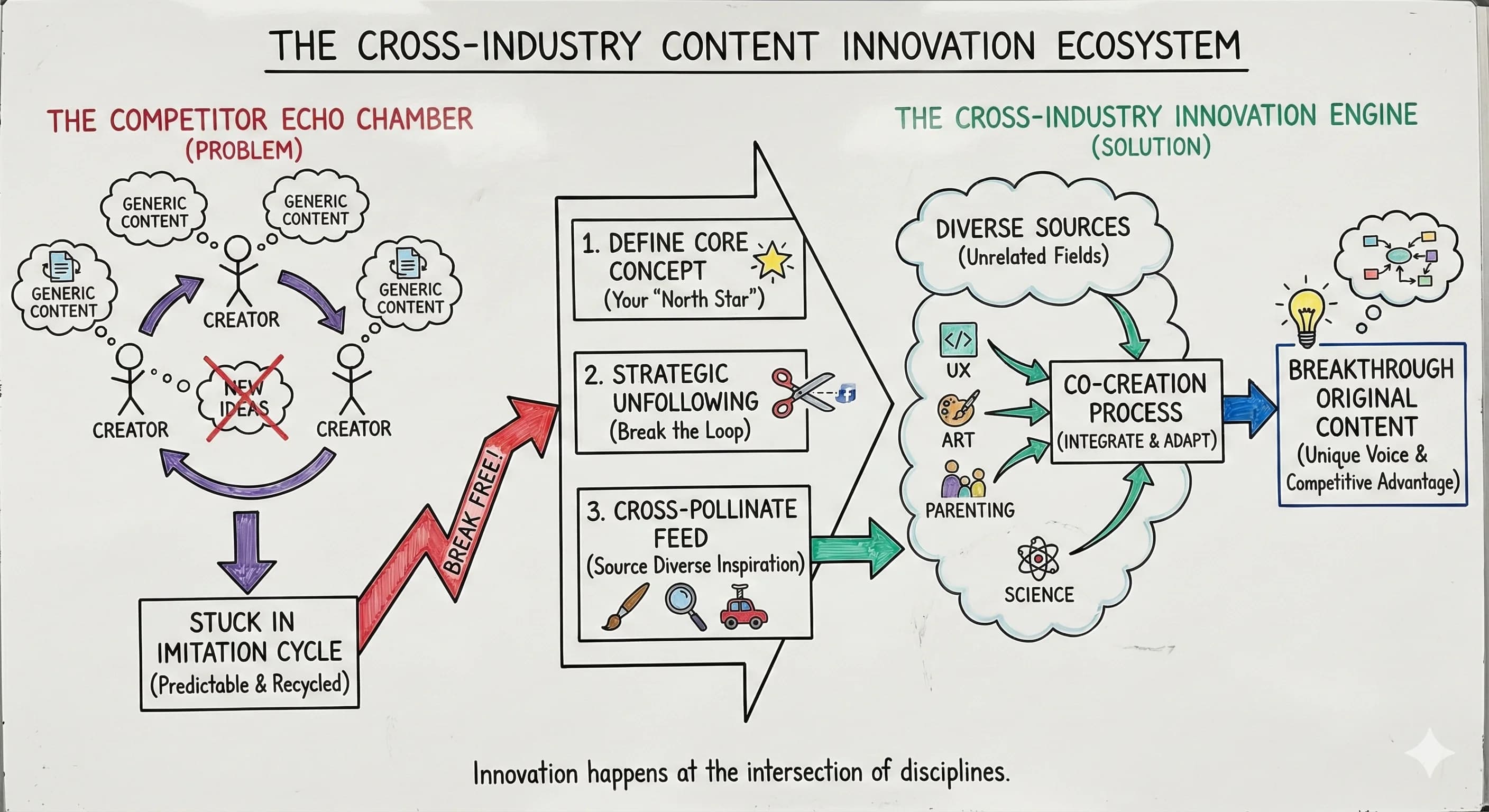How to Source Innovation: Break Free from Competitor Crowdsourcing for Original Content Creation
Transform your content creation process by sourcing inspiration across industries. Learn the strategic development methods that foster genuine innovation and avoid generic content.
•4 min read
Details

Loading content...

